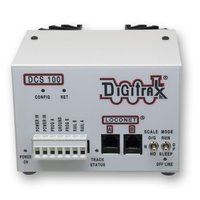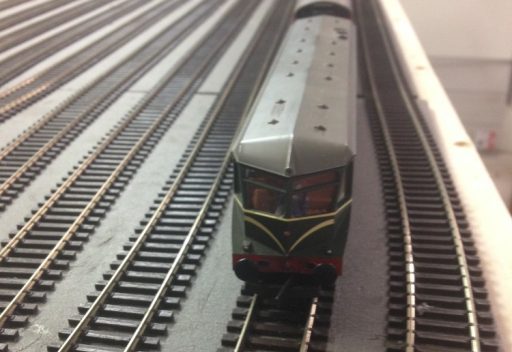First up DCC vs DC? No contest. When creating a new layout today, I think the advantages of DCC are clear. Less (but not just one pair) of wiring. Locomotives that are intelligent. Double Heading and/or banking. Lots of stationary accessories. And it is just the way the industry has gone and will improve.
When choosing a DCC systems there is a lot of debate. I looked at the field and narrowed the choices down to three –
- Digitrax
- NCE
- Zimo
Zimo is undoubtedly the most sophisticated controller of the three – it supports a lot of functions like the asymmetric DCC braking function that would be great to have. It also has huge power supply. And it is hugely expensive. Anyway I have read that having a DCC power station that can provide more than 5 Amps is a bad thing as it may melt a loco with a short. If we need more 5A max power slave controllers are the way to go.
NCE is well-regarded, robust and much cheaper than Zimo. Many clubs use NCE. Some prefer its controller as more logical and its manuals as more readable.
Digitrax is cheapest per unit and also well regarded in clubs. In my opinion the feature that makes it stand out, is the cottage industry of accessories that can interface to its bus – LocoNet. This is in contrast to NCE where the supply is a lot smaller. As I want to have mimic panels and “zero-loss” block detection and eventually servo-driven semaphores, the choice is just much wider on LocoNet. Now it would be possible to set up a LocoNet for accessories with no controller that is run by computer and have NCE do the cabs. But I felt that the NCE controller advantages were not enough to outweigh LocoNet and so I decided to standardize on Digitrax. 

